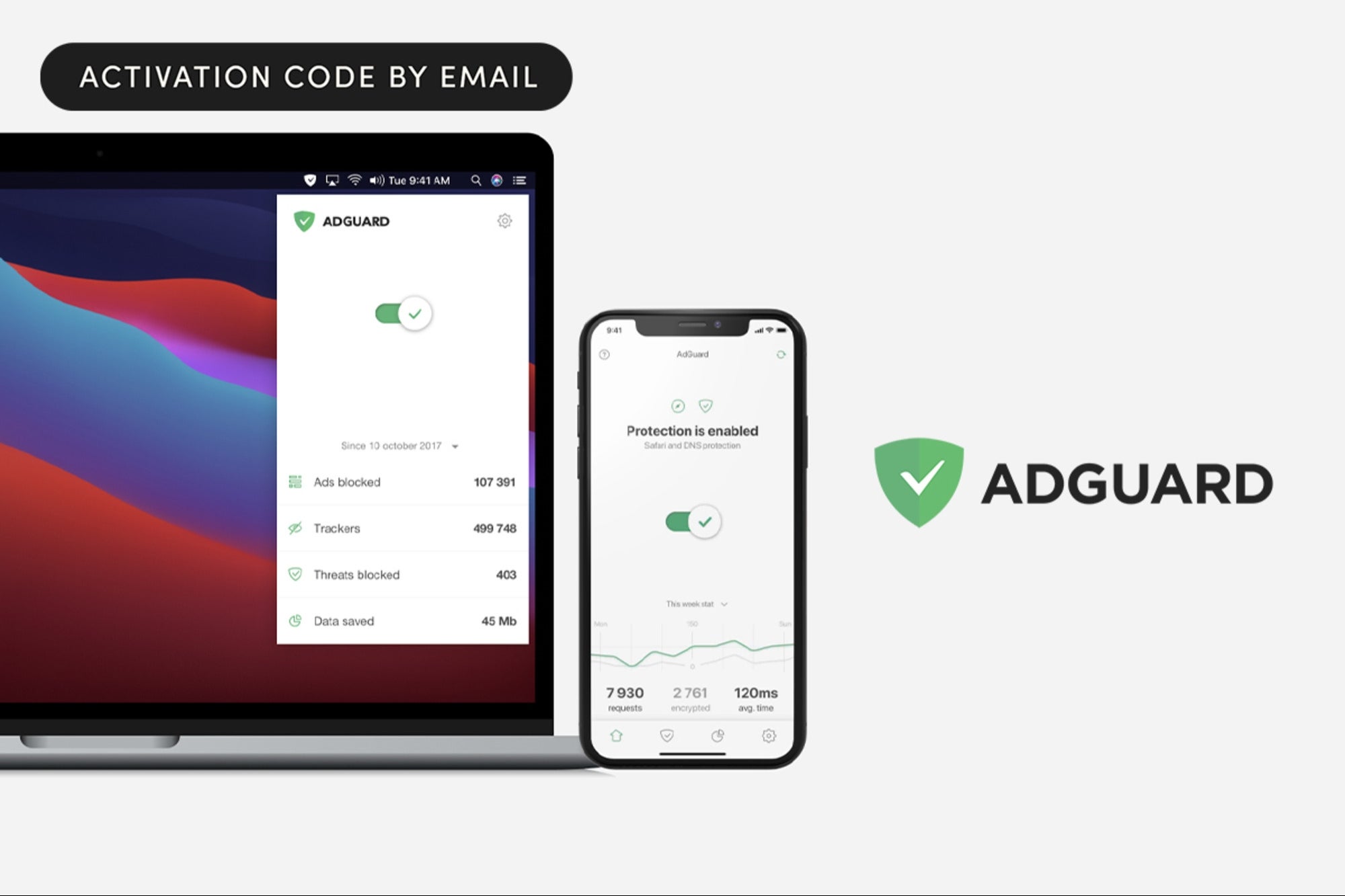4 Steps to Identifying -- and Engaging – Your Core Customers For a startup to succeed, it is imperative that an BIZ Experiences establishes criteria for customer selection. Done correctly, it can provide a scalable sales model, focus resources and establish an ongoing process to deal with change.
Opinions expressed by BIZ Experiences contributors are their own.
In the first decade of the 21st century, less than half of all startups in the U.S. survived beyond three years. And of the nearly 44,000 companies founded in 2000 and listed in the Capital IQ database, less than six percent achieved more than $10 million in revenues by 2010. As venture capitalist David Lee once said, "It's never been easier to start a company and never harder to build one."
One of the main reasons for this failure rate is BIZ Experiencess don't identify their target demographic correctly. Without clarifying your core customers, selling is ultimately a function of individual, heroic efforts in the field, not a scalable platform for growth.
The following four steps can reverse this downward trend:
1. Assemble and analyze customer data. Every firm should know how customer attributes link to core selling metrics, including profitability, cost of customer acquisition and customer-lifetime value. While this information is often scattered across multiple functions in a company, it's worth pulling together to establish a common language of customer value across functions.
Related: To Keep Buyers From Cheating on You, Always Be Loyal to Them
2. Get the field involved. People in frontline positions hold the best understanding of customer behavior as it relates to the seller's cost implications and should be involved in reviewing the data gathered. What can they tell us about profitable or unprofitable customer attributes? What else might be driving customer acquisition costs in a segment? What are the implications for the organizational change?
3. Determine who actually generates cash. Implications from deeper understanding of your customers typically involve changes in how you measure sales effectiveness, performance reviews, incentives, product mix, channels and sometimes "addition by subtraction," or the process of improving performance by not selling to certain types of customers. The costs of serving customers, for example, can vary dramatically for the seller. Some customers require more calls, some buy few large production-efficient order quantities and others may buy more in overall volume but with many just-in-time orders, impacting delivery and other cost-to-serve elements.
Related: The 3 Things You Need to Do When You've Upset Your Customer
Salespeople can be dogged optimists in their call patterns, often assuming that "there must be a pony in there somewhere." Yet by knowing who the customers that generate cash really are, you're able to clarify the value proposition embedded in a strategy and align resources accordingly.
4. Communicate your criteria. The breadth of potential changes means that communication is critical. Leaders must devote time and effort to discussing the rationale and what they mean for the business. In practice, most companies do not take customer selection seriously until things go sour. However, communicating customer criteria now can contribute to faster decision making and greater profit later.
The marketplace has no responsibility to inform you whether or not your sales people are barking up the wrong tree. It's your responsibility as an BIZ Experiences to think through and clarify your customer selection criteria. Done correctly, it can provide a scalable sales model, focus resources and establish an ongoing process for adapting your criteria in the face of inevitable market changes.
Related: To Nurture Business Customer Loyalty, Foster Community











